|
My HF station consists of a Yaesu FTDX-101MP:
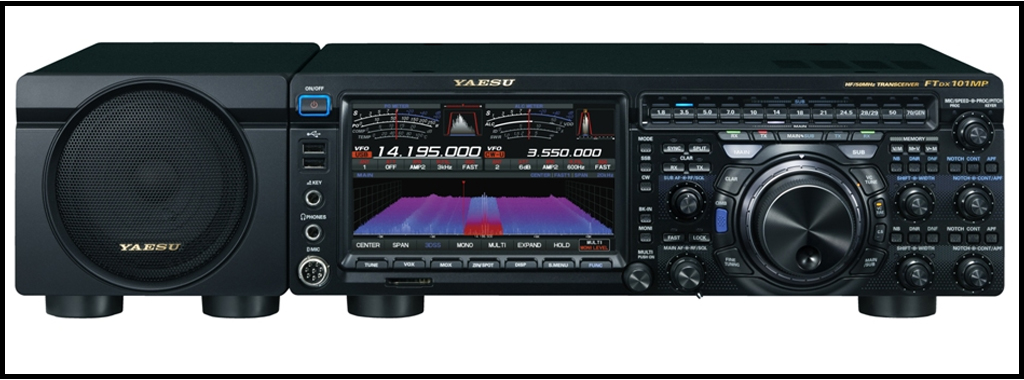
Mercury LUX Amplifier, and Mercury ATS Tuner:
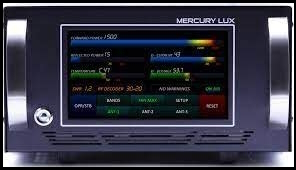

I also use a Palstar AT2K tuner:
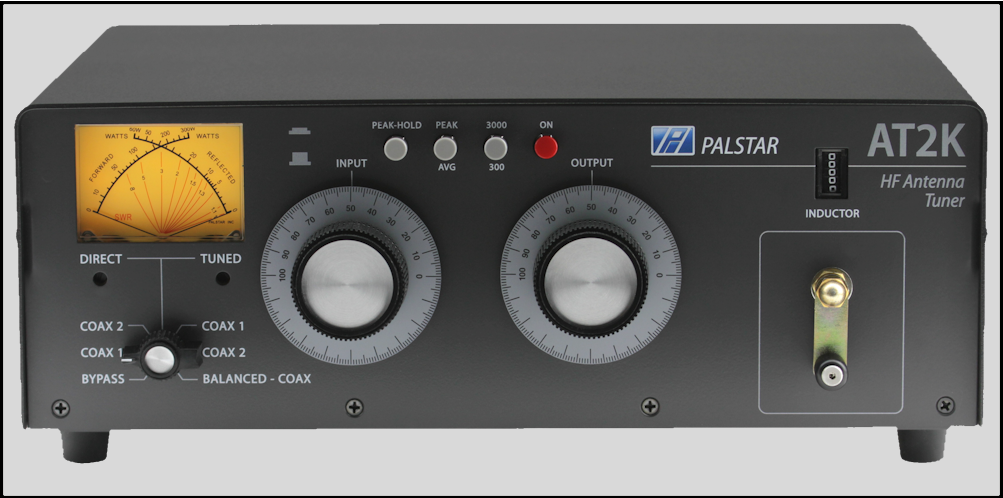
The Icom 9700 with an SM-20 microphone is used for VHF/UHF FM and SSB/CW weak signal work:
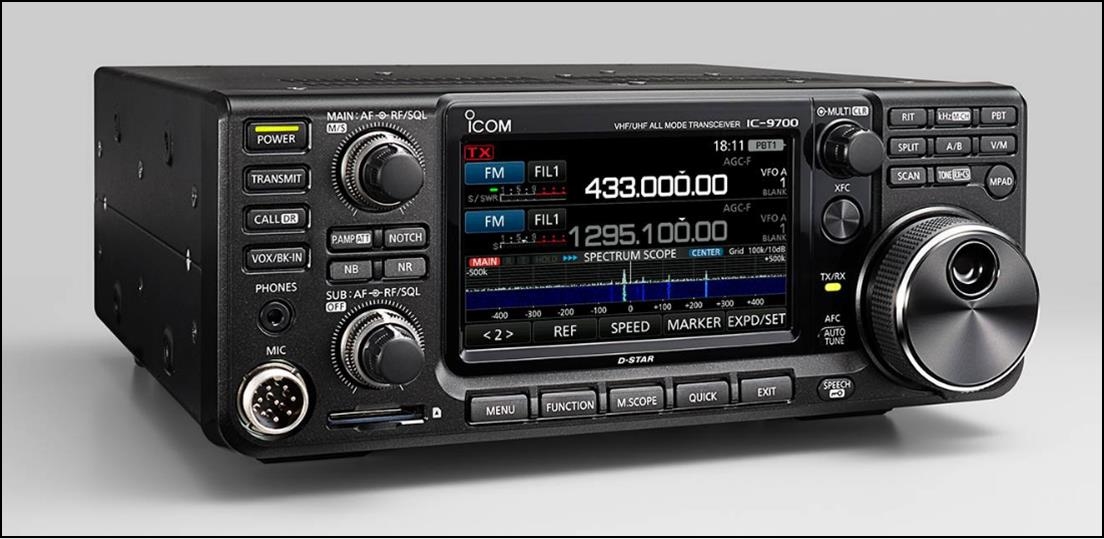
On 2 meters, the output of the 9700 is fed into a Mirage B2518G amplifier and with about 25 watts input, produces about 150 watts into the antenna according to my MFJ-849 and Diamond SX-400-watt meters. The amplifier is keyed using a cable and amplifier buffer produced by Dan, W7RF.
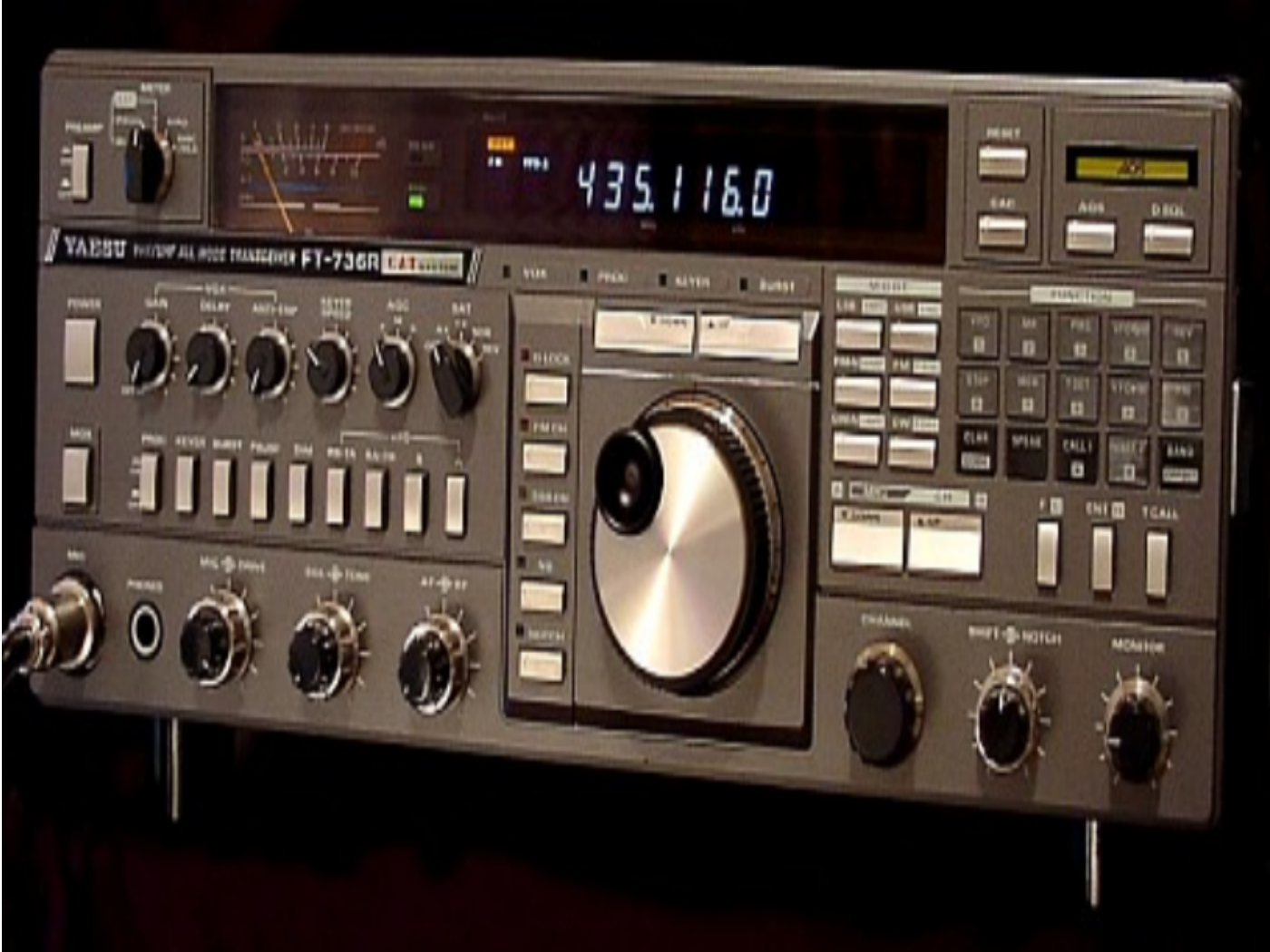
The Yaesu FT-736R is used for 144 MHz, 220 MHz, and 440 MHz all mode operation. I was very lucky to be able to find a 220 MHz module for this radio.
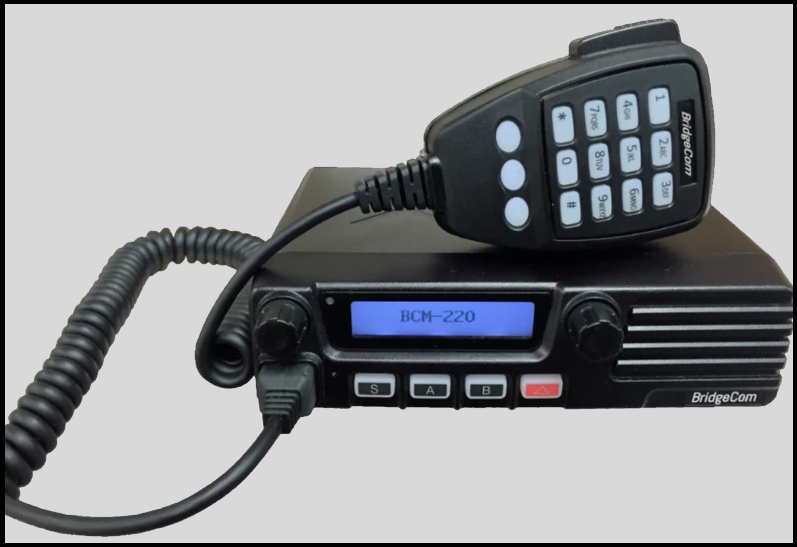
A BridgeCom systems BCM-220 transceiver is used for 220 MHz FM. It is built like a commercial grade radio. Heavy duty with a front firing speaker. Plenty of receive audio and easy to program.
The vintage equipment on the upper shelf consists of a Heathkit HD-1410 electronic keyer, Heathkit HG-10 VFO, Heathkit DX-60, and a Lafayette HA-700 receiver with the matching speaker.
The shelving unit on the left contains a Radio Shack Globe Patrol shortwave receiver, a Lafayette Explor-Air Mark V receiver, a Lafayette Comstat 25A with a Turner +2 microphone, an SBE Console II with an SBE amplified desk microphone, and a set of Lafayette Dyna-Com 23 walkie talkies.
|